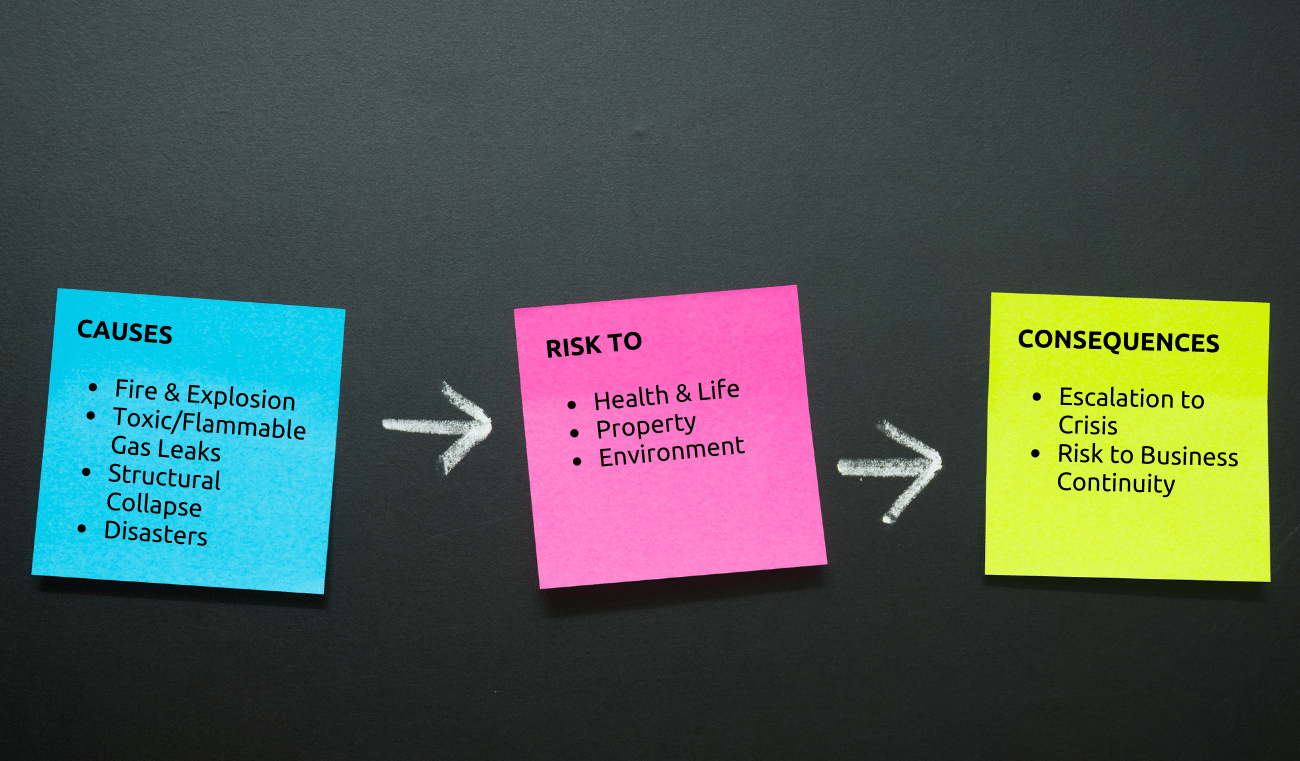READ AS MAGAZINE PDF
ospitals are complex establishments. Hospital administrators focus greatly on ensuring individual patient safety to ensure systems to prevent mishaps. The focus is on ensuring the right surgery for the right patient, the right medication through the right route at the right time and right frequency, preventing any hospital-acquired infections for patients and staff, ensuring appropriate communication between healthcare teams to prevent any errors, avoiding patient falls and to provide the right treatment to the patient. Fire safety is often neglected and seen as the job of the fire officer, engineering team members and security services.
The number of major fires in India starting from the AMRI Hospital fire and the fire accidents in the last 12 months clearly bring out the vulnerability of the industry. Unlike other industries, in hospitals, the number of people occupying per square foot is very high, particularly in India. There are many categories of employees engaged in the delivery of care to patients both directly and indirectly ranging from highly skilled doctors to unskilled workers engaged in cleaning. Technology and advancements have increased the equipment load in hospitals adding to the vulnerability. Tensions and emotions are always high as every procedure is different, every patient is different, and it is often a life-and-death situation. Occupants of healthcare facilities are incapable of self-preservation. Many are sick and incapable of self-evacuation or choosing a rational response.
Fire safety is an important norm that needs to be considered during the construction of a hospital. There are many old hospitals that need to retrofit the requirements to make the hospitals safe. National Building Code has established minimum requirements for life safety from fire within healthcare facilities that include Fire-resistive construction, compartmentation, passive and active fire systems, Provision of adequate means of egress, provision of exit markings, exit illumination, and emergency power, availability and quantity of water required and the testing, and maintenance of systems. Total building fire protection for life safety is more necessary in healthcare facilities than in other occupancies because of the nature of the occupants. The first principle of designing a fire-safe healthcare facility must be that safety must not depend wholly upon any single safeguard. Hospitals need to focus more on easy and safe evacuation methods. Healthcare practices are responsible for the safety and security of the people inside the hospital, and they are expected to adhere to the legally approved fire safety measures.

WORKPLACE EMERGENCY
A workplace emergency is an unforeseen situation in a hospital that threatens the staff, patients, or the public, disrupts or shuts down the operations and causes physical or environmental damage.
Emergency in a hospital could be due to fire, explosion, gas leak, structural collapse, or natural or man-made disasters. Of the emergencies, the one that ranks the highest in the fire emergency. Top leadership must understand the importance of fire safety and exhibit commitment to fire and life safety in hospitals and establish a multidisciplinary fire safety committee to oversee preparedness. There should be a dedicated fire safety officer with appropriate experience in managing fire emergencies.
CONCLUSION
To conclude, advanced planning and practice are necessary for the hospital staff to be prepared to handle emergencies. Walking through the plan of a real situation allows the personnel to encounter problems that could occur during a real disaster and allows for further refinement of the processes. Healthcare leaders must not hesitate to invest in infrastructure and teams needed for fire and disaster preparedness, as every penny spent on preparation will help save precious lives.


Author
-

Secretary General, CAHO, Quality Manager & Associate GS, Christian Medical College, Vellore






